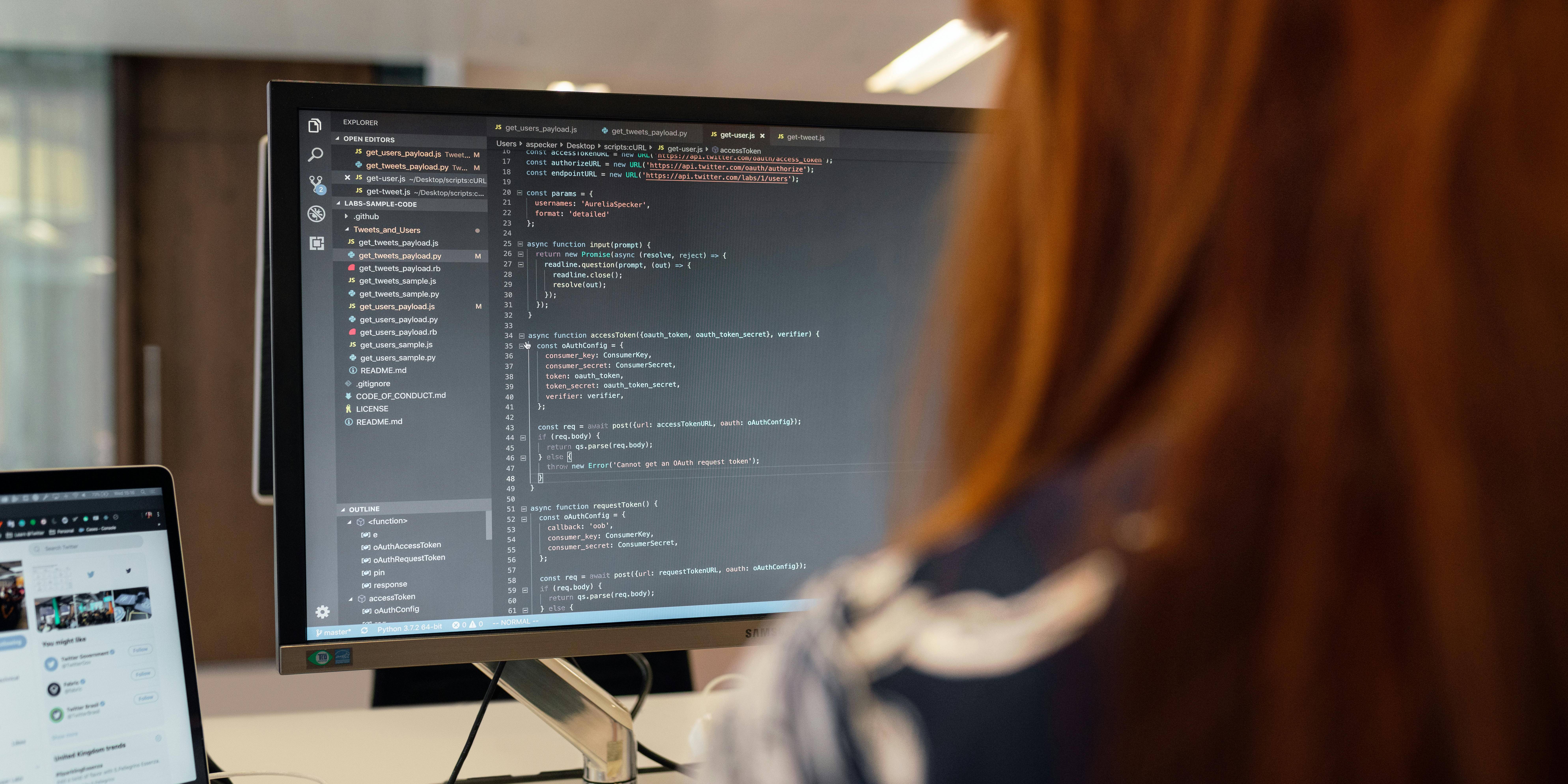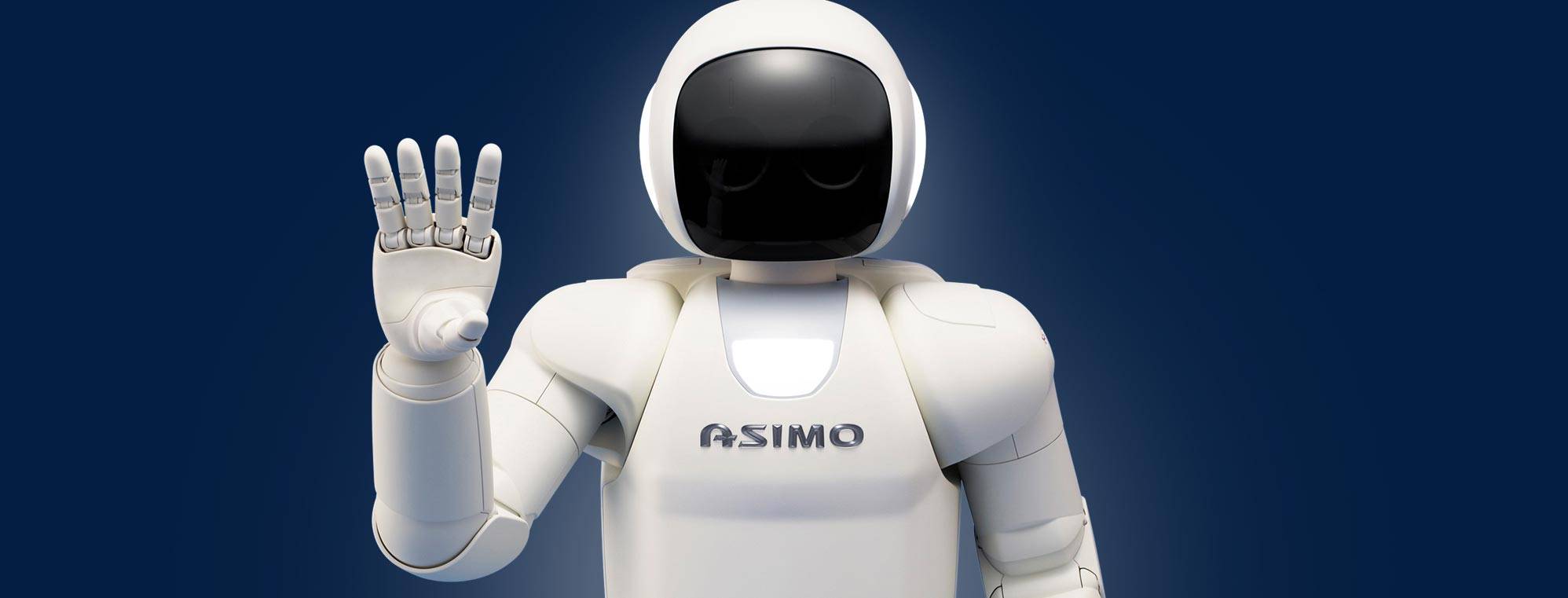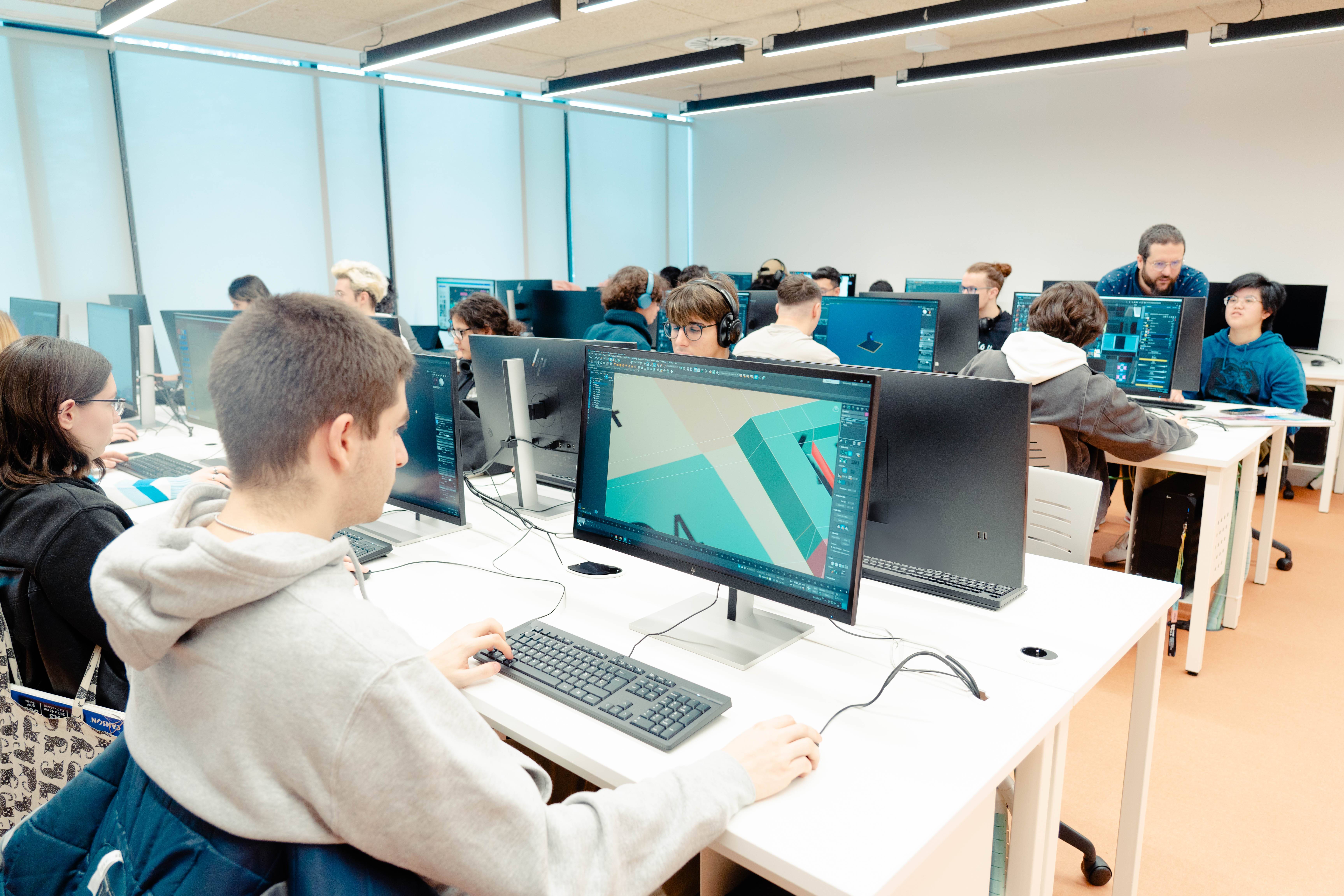What is the difference between software engineering, Full Stack Developer and Front-end Developer?
In the world of software development, terminologies can be confusing. "Software Engineering","Full Stack Developer" and "Front-end Developer" are common terms in the technology field, but each represents specific roles and skills. Below, we'll break down these differences to better understand each position and its responsibilities and how you can train at UDIT.
Software Engineering
Software engineering is a broad field that focuses on the design, development, maintenance, testing and evaluation of software. A software engineer can work on applications ranging from operating systems to mobile applications to enterprise software, covering a very broad spectrum of technology.
Education and skills:
Software engineers typically have a background in computer science or related fields. This education provides them with a solid foundation in principles such as algorithms, data structures, computational complexity and more. In addition, they typically have knowledge of software project management, agile development methods and programming skills in various languages.
Roles and responsibilities:
Software engineers may be involved in various stages of the software development lifecycle, including:
- Requirements analysis: understanding and documenting what is needed.
- Software design: planning the solution before coding begins.
- Implementation: writing the code that builds the solution.
- Testing: making sure the software works correctly.
- Maintenance: updating and fixing the software after the initial release.
Full Stack Developer
A Full Stack Developer is someone who works on both the front-end and back-end of a website or mobile application. This means they have the skills to handle the entire technology stack, from the user interface to the database.
Education and skills:
Although a formal computer science background is not always required, Full Stack developers usually have a good knowledge of multiple programming technologies. They should know how to handle:
- Front-end programming languages such as HTML, CSS and JavaScript.
- Back-end programming languages such as Ruby, Python or Java.
- Databases and servers.
- Version control and use of systems such as Git.
Roles and responsibilities:
The Full Stack developer is, in many cases, an "all-rounder" capable of:
- Design the architecture of the website or application.
- Coding the user interface.
- Configure and manage databases.
- Ensure the integration of all systems so that they work together correctly.
Want to know more about what a Full-Stack Developer is?
Front-end Developer
The Front-end Developer specialises in the part of the software that users interact with directly. Their main task is to ensure that the user interface is intuitive, accessible and aesthetically pleasing.
Education and skills:
Front-end developers generally have skills in:
- HTML, CSS, and JavaScript.
- Frameworks and libraries such as React, Angular or Vue.js.
- Responsive design to ensure applications work well on mobile devices.
- Web accessibility so that the software can be used by people with varying abilities.
Roles and responsibilities:
The responsibilities of a Front-end developer include:
- Transforming graphic design into code.
- Optimising applications to improve speed and efficiency.
- Ensuring that the final product is compatible with multiple browsers and platforms.
- Working closely with designers to achieve the best possible user experience.
While these three roles may overlap in skills and responsibilities, each has its own set of specialisations. A software engineer has a broader and more systematic view, the Full Stack developer handles the full spectrum of product development, and the Front-end developer concentrates on direct user interaction with the software.
Why choose to study the Full Stack Development Degree?
Training to become a Full Stack Developer offers an incredibly enriching and versatile experience in the field of web and software development. This position allows you to gain a 360-degree understanding of how systems work at all levels, which not only increases your employability, but also gives you the ability to handle entire projects independently. The versatility of being proficient in both front-end and back-end allows you to adapt to different roles within a team or even lead projects on your own. In addition, this ability to embrace multiple technologies and components of software development makes every day different and challenging, providing a career full of continuous learning and opportunities to innovate and create end-to-end solutions. Being a Full Stack Developer not only opens doors to a wide range of career opportunities in various industries, but also prepares you to tackle complex technological challenges.
The Full Stack Developer Degree provides a solid foundation in programming principles, data structures, algorithms and networks. You will become an all-round programmer by mastering software development and front-end/back-end programming.
At UDIT, you will be trained in the most complete and advanced way in one of the most demanded areas in the world. For four years you will train alongside professional teachers from the sector and you will carry out guaranteed internships in leading companies in the sector.
You will be able to achieve a unique technical profile, completing your training with an official Cloud certification recognised worldwide (Microsoft or AWS).
https://www.youtube.com/watch?v=LL2y5Z_uSCw
More information
How and what do you need to know to train in Full-Stack Development?









